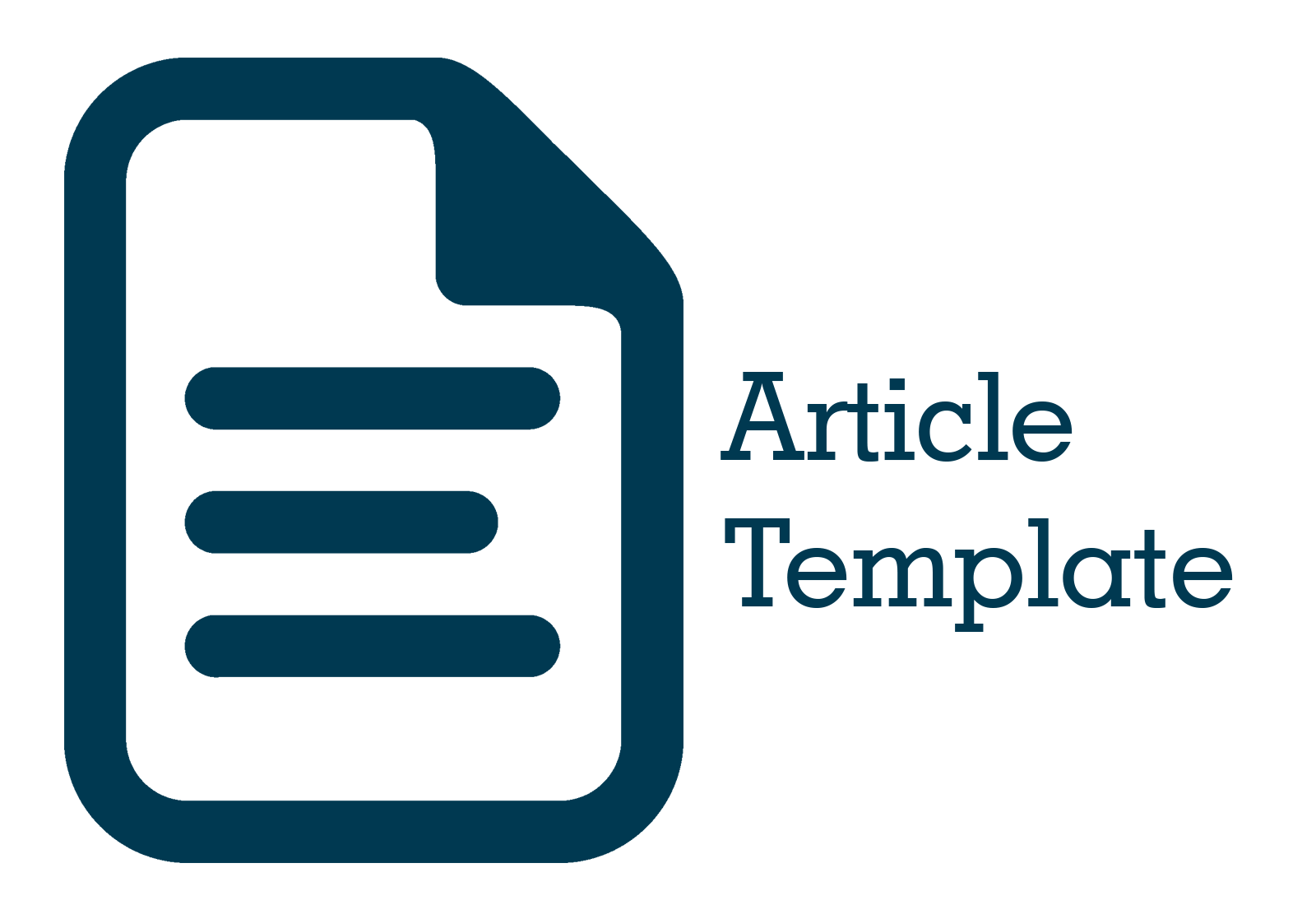Analysis of Development Political Actors in Al Washliyah Organization, North Sumatra
Keywords:
Thinking, Role, Strategy, Development Political Actors, Al WashliyahAbstract
The purpose of this study was to identify and understand the study, thoughts, roles and strategies of developmental political actors in the Al Washliyah organization conducted by DR.H. Dedi Iskandar Butubaru, S.Sos, S.H, M.SP. The type of research used in this research is descriptive with a qualitative approach. Qualitative research methods are used to measure carefully certain social phenomena that occur. Specifically, this research method also uses the life history method. The results showed that as a political actor of development in the Al Washliyah organization in North Sumatra, where he played a role in the formation and optimization of acceleration in three Al Washliyah ittifoq charities, namely: Education; Da'wah; and Social Charity. The function of Dedi Iskandar Batubara as a development political actor in the Al Washliyah organization in North Sumatra is to improve organizational management which aims to synergize the programs formulated in the acceleration vision. The supporting factors for development political actors in the Al Washilyah organization in North Sumatra are the people (cadres) factor from strengthening human resources, where behind the implementation of a program will greatly determine the success or failure of a program and by utilizing digitalization (social media) which is a concept of information media in carrying out various activities, such as in the field of da'wah and meetings that can minimize the costs incurred and the efficiency of the time used. The Inhibiting factor can be seen that there are not too big obstacles in translating various programs and work plans that have been mandated by the Al Wasliyah deliberations (Muktamar XIII)
References
Avolio, B. J., & Bass, B. M. (2004). Multifactor Leadership Questionnaire. Mind Garden. https://doi.org/10.1037/t03624-000
Bakardjieva, M., & Gehl, R. W. (2018). Digital media and power dynamics: The reshaping of leadership and community. Journal of Communication, 68(2), 295-312. https://doi.org/10.1093/joc/jqx019
Berson, Y., & Avolio, B. J. (2004). Transformational leadership and the dissemination of organizational goals: A case study of a nonprofit human service organization. Leadership Quarterly, 15(5), 625–646. https://doi.org/10.1016/j.leaqua.2004.07.003
Chhabra, N. L., & Sharma, S. (2014). Employer branding: Strategy for improving employer attractiveness. International Journal of Organizational Analysis, 22(1), 48-60. https://doi.org/10.1108/IJOA-09-2011-0513
Davenport, T. H., & Westerman, G. (2018). Why so many high-profile digital transformations fail. Harvard Business Review, 9(4), 15-30. https://doi.org/10.1093/hrb/2018.12.04
Dengler, K., & Gundert, S. (2021). Digital transformation and subjective job insecurity in Germany. European Sociological Review, 37(5), 799-817. https://doi.org/10.1093/esr/jcab031
Egloffstein, M., & Ifenthaler, D. (2021). Tracing digital transformation in educational organizations. In D. Ifenthaler, S. Hofhues, M. Egloffstein, & C. Helbig (Eds.), Digital transformation of learning organizations (pp. 41-57). Springer. https://doi.org/10.1007/978-3-030-55878-9_3
Fenech, R., Baguant, P., & Ivanov, D. (2019). The changing role of human resource management in an era of digital transformation. Journal of Management Information and Decision Sciences, 22(2), 93-108. https://doi.org/10.2139/ssrn.3430123
Fischer, M., Imgrund, F., Janiesch, C., & Winkelmann, A. (2020). Strategy archetypes for digital transformation: Defining meta objectives using business process management. Information & Management, 57(5), 103262. https://doi.org/10.1016/j.im.2019.103262
Macke, J., & Genari, D. (2019). Systematic literature review on sustainable human resource management. Journal of Cleaner Production, 208, 806-815. https://doi.org/10.1016/j.jclepro.2018.10.091
Malik, A., & Jawa Timur, P. (2020). Creating competitive advantage through human resource capital in the industrial age 4.0. Journal of Human Resource Development, 6(2), 245-259. https://doi.org/10.1007/s10490-019-0966-1
Priyatna, M. (2016). Peran manajemen sumber daya manusia dalam pendidikan. Edukasi Islam: Jurnal Pendidikan Islam, 5(2), 1175-1183. https://doi.org/10.14421/edukasiislam.v5i2.98
Ren, S., Tang, G., & Jackson, S. E. (2018). Green human resource management research in emergence: A review and future directions. Asia Pacific Journal of Management, 35(3), 769-803. https://doi.org/10.1007/s10490-017-9532-1
Tambe, P., Cappelli, P., & Yakubovich, V. (2019). Artificial intelligence in human resource management: Challenges and a path forward. California Management Review, 61(4), 15-42. https://doi.org/10.1177/0008125619867910
Toepfl, F. (2018). Empowering digital leaders in Russia: Political actors and their use of social media. Media, Culture & Society, 40(8), 1234-1250. https://doi.org/10.1177/0163443718766794
Downloads
Published
Issue
Section
License
Copyright (c) 2024 M. Fathin Arditri (Author)

This work is licensed under a Creative Commons Attribution 4.0 International License.


